Skywatching in Spring 2018: Celestial Events Caught on Camera
The Full Worm Moon
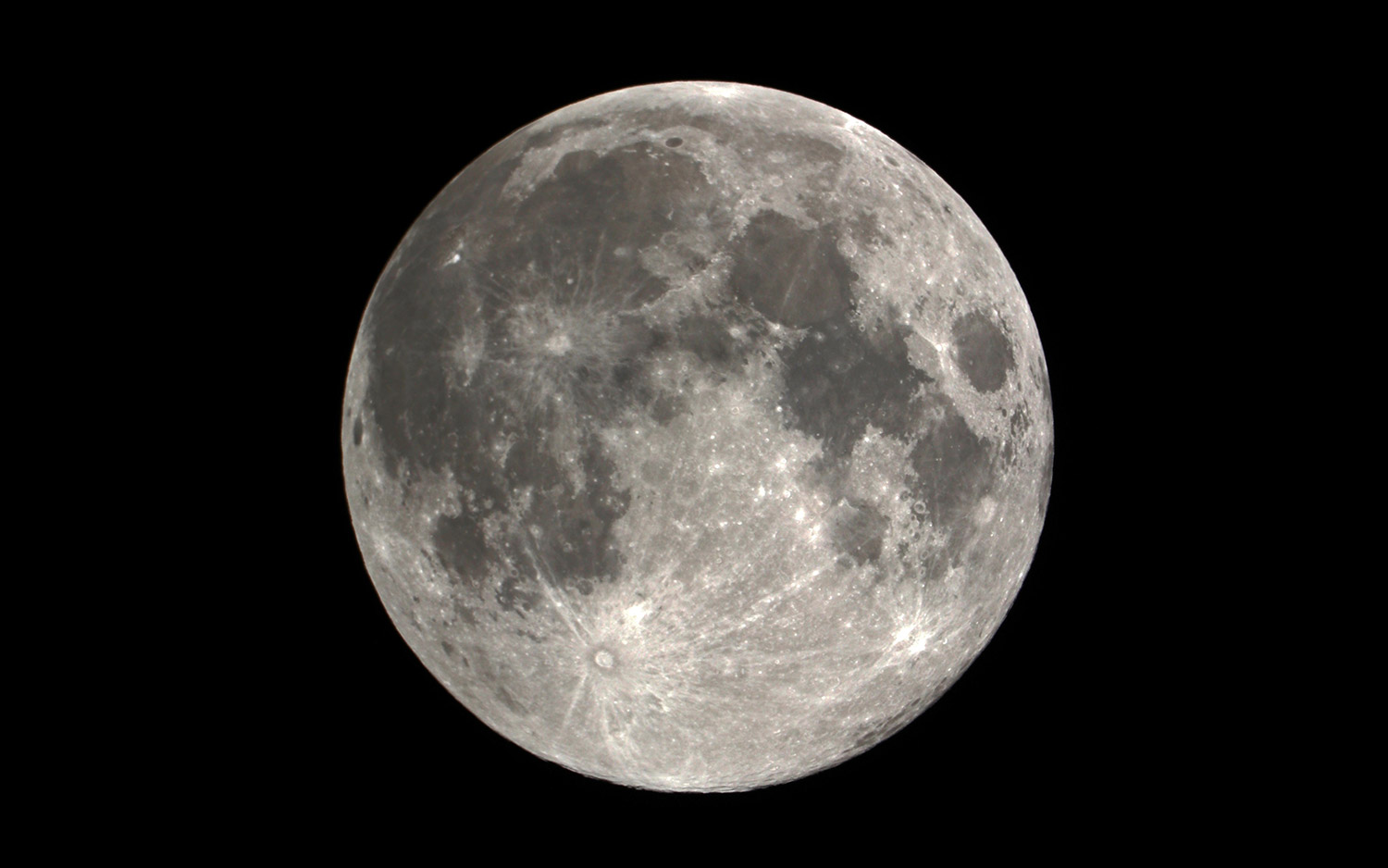
See photos of planetary conjunctions and other astronomical events captured by amateur astronomer and astrophotographer Victor Rogus in March and April of 2018. HERE: The Full Worm Moon of March 1, 2018.
Conjunction of Venus and Mercury
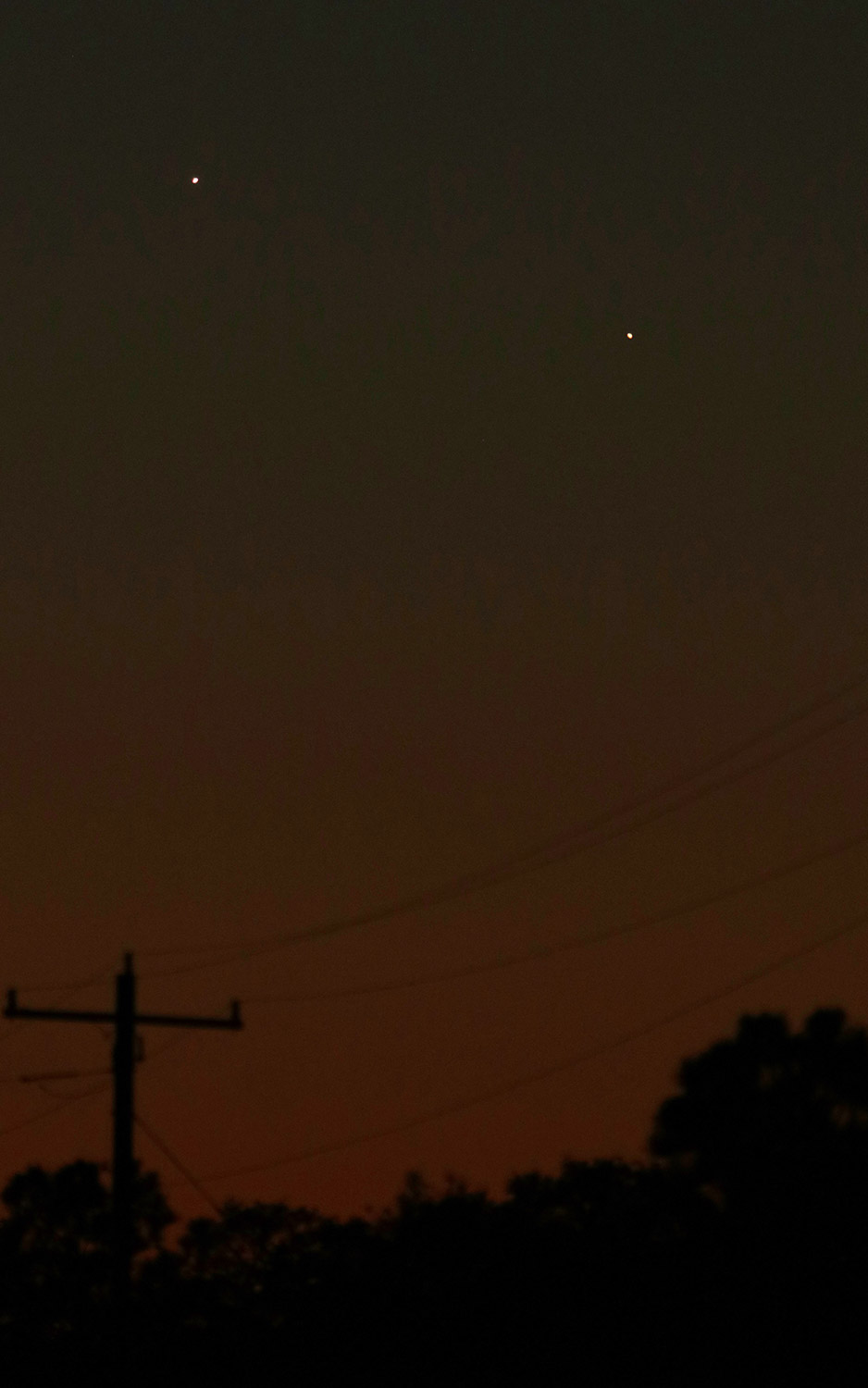
On March 3, Rogus captured this photo of Venus and Mercury shining about one degree apart just after sunset in Arcadia, Florida. The two planets officially reached conjunction — when they line up at the same celestial longitude — two days later on March 5. [Celestial Snapshots of My Favorite Conjunctions (Op-Ed)]
Saturn and Mars Snuggle Up with the Moon
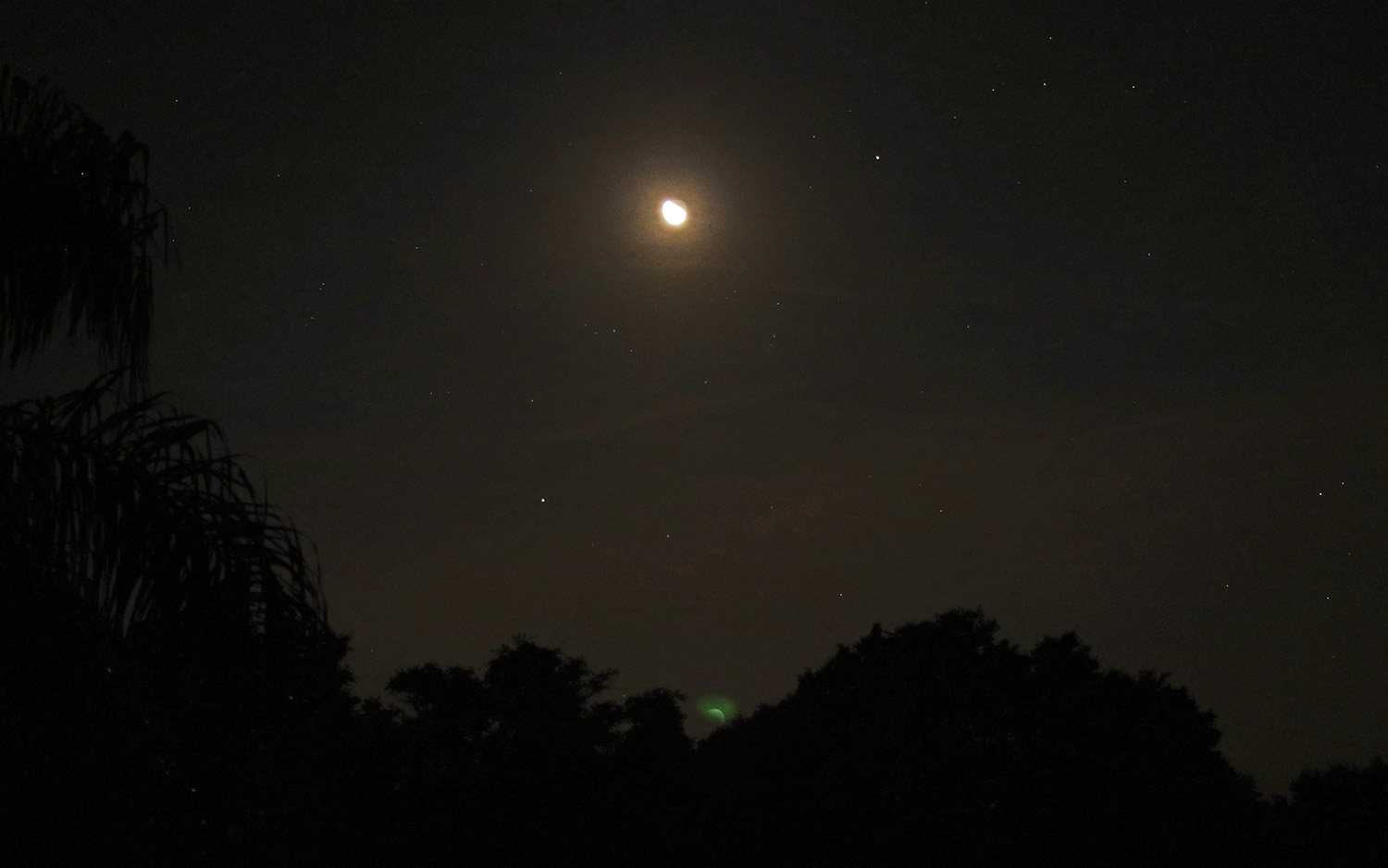
On March 10, one day after the moon reached its last quarter phase, Rogus captured two planets glowing near the moon in the early morning sky: Saturn (lower left) and Mars (right).
Mercury, Venus and the Moon
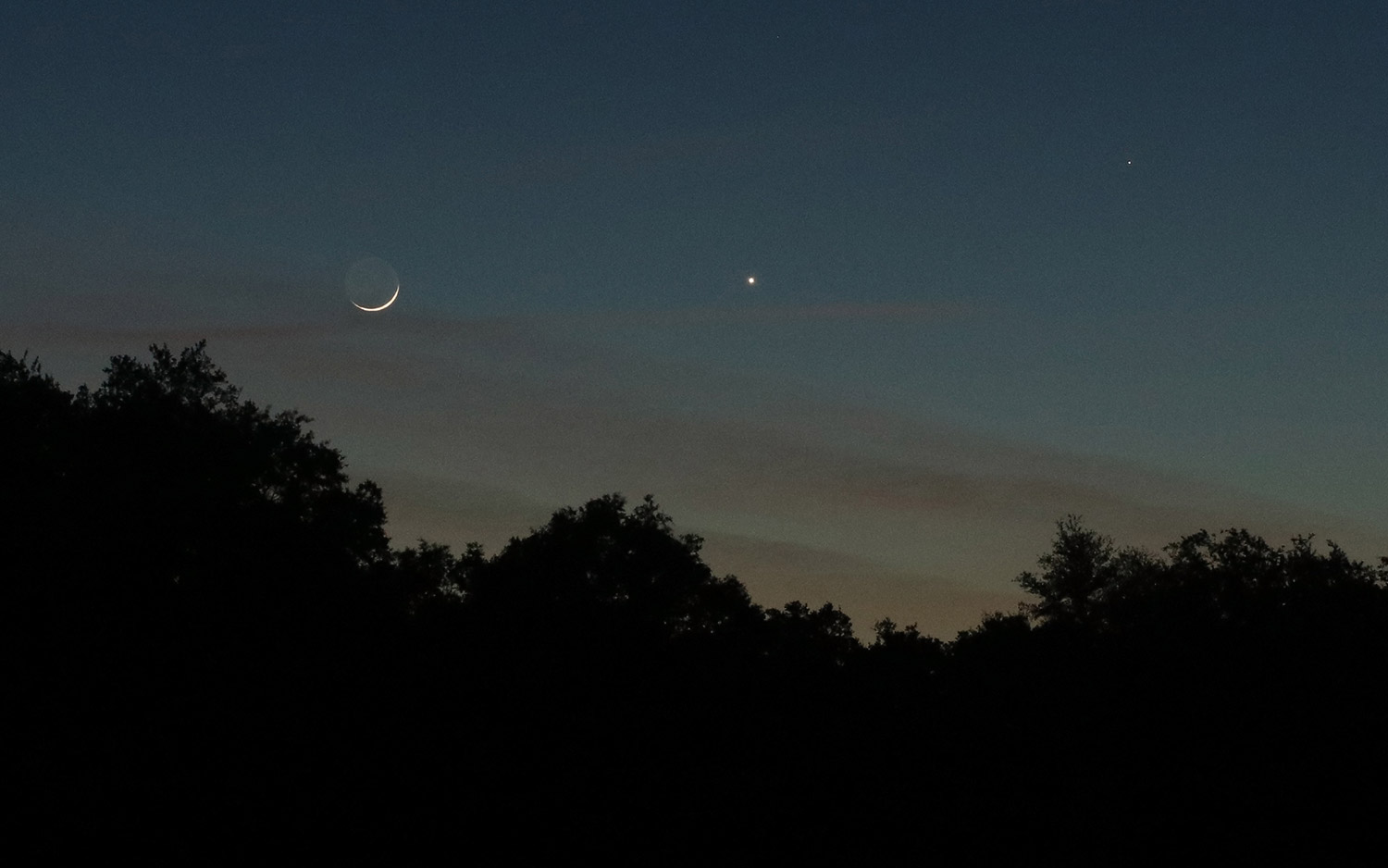
The crescent moon, Venus and Mercury form a nearly straight line in this photo Rogus took on the evening of March 18. The two planets were officially at conjunction the night before on March 17. [Capturing Venus: An Amateur Astronomer's Famous Moon Shot]
Saturn and Mars
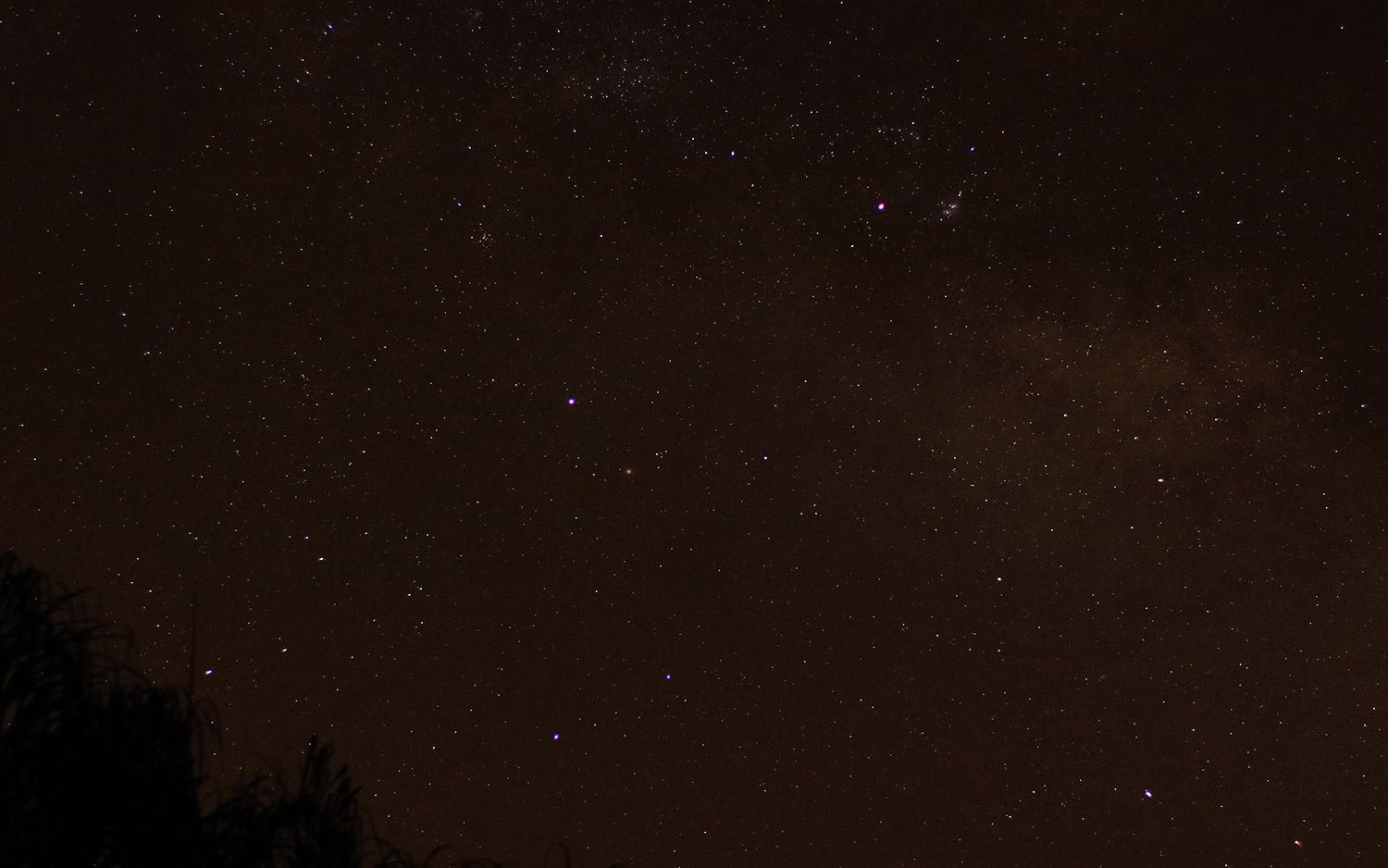
Saturn and Mars appeared about 8 degrees apart on the morning of March 21. In this photo, Saturn looks like a bright pink speck near the center of the view, and Mars is up and to the right.
Jupiter Joins the Scene
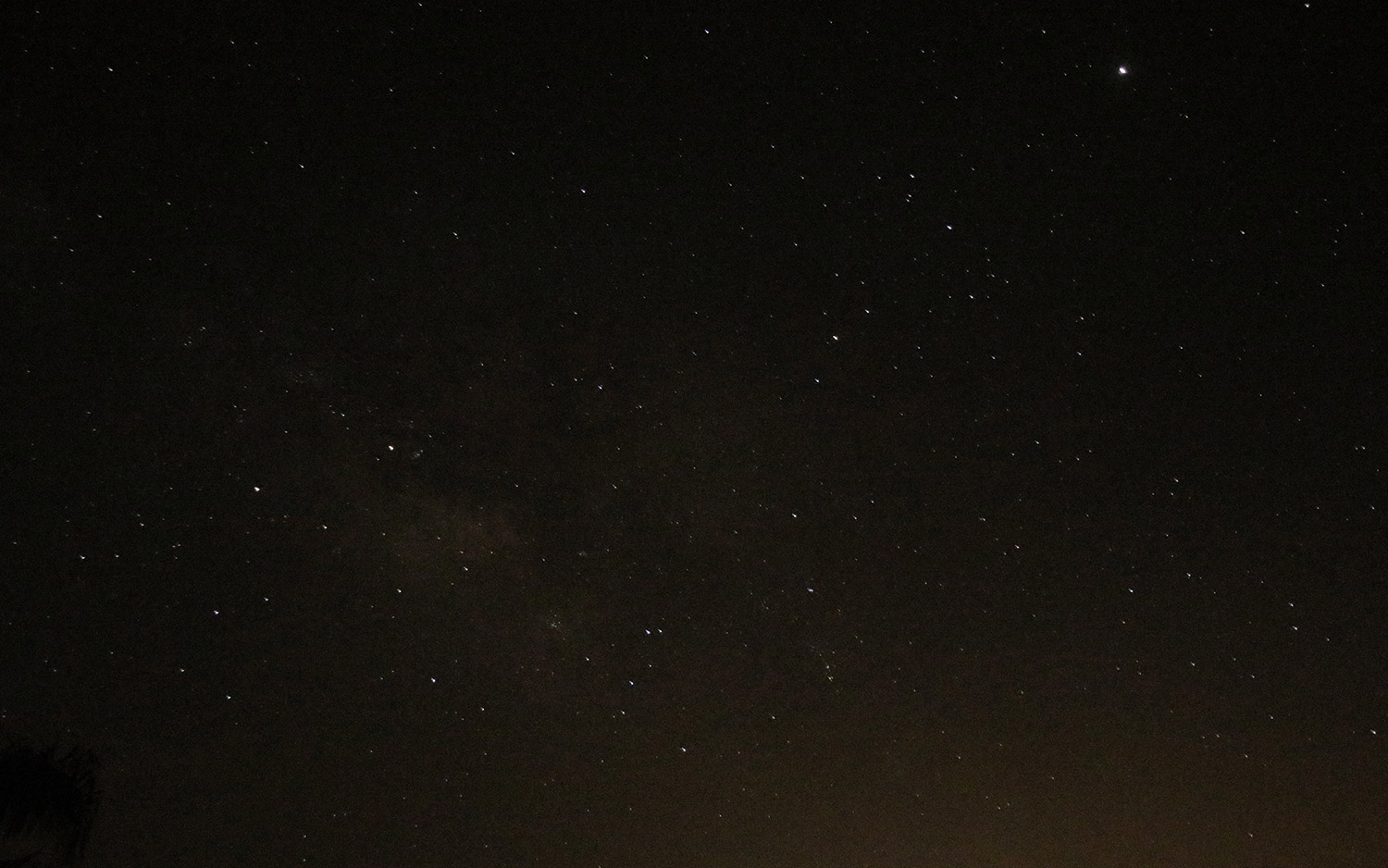
In another photo from the same night, Rogus captured the bright planet Jupiter (upper right) in line with Saturn and Mars. "Dense fog here in Arcadia, Florida has made it difficult to view these early morning conjunctions," Rogus told Space.com. "However, this March 21, 2018 morning offered clear skies, clear enough to photograph the planets Saturn and Mars about 8 degrees apart. Further to their right is the bright star Antares, and further yet is the brilliant gas giant, Jupiter."
Messier 45 Meets the Moon
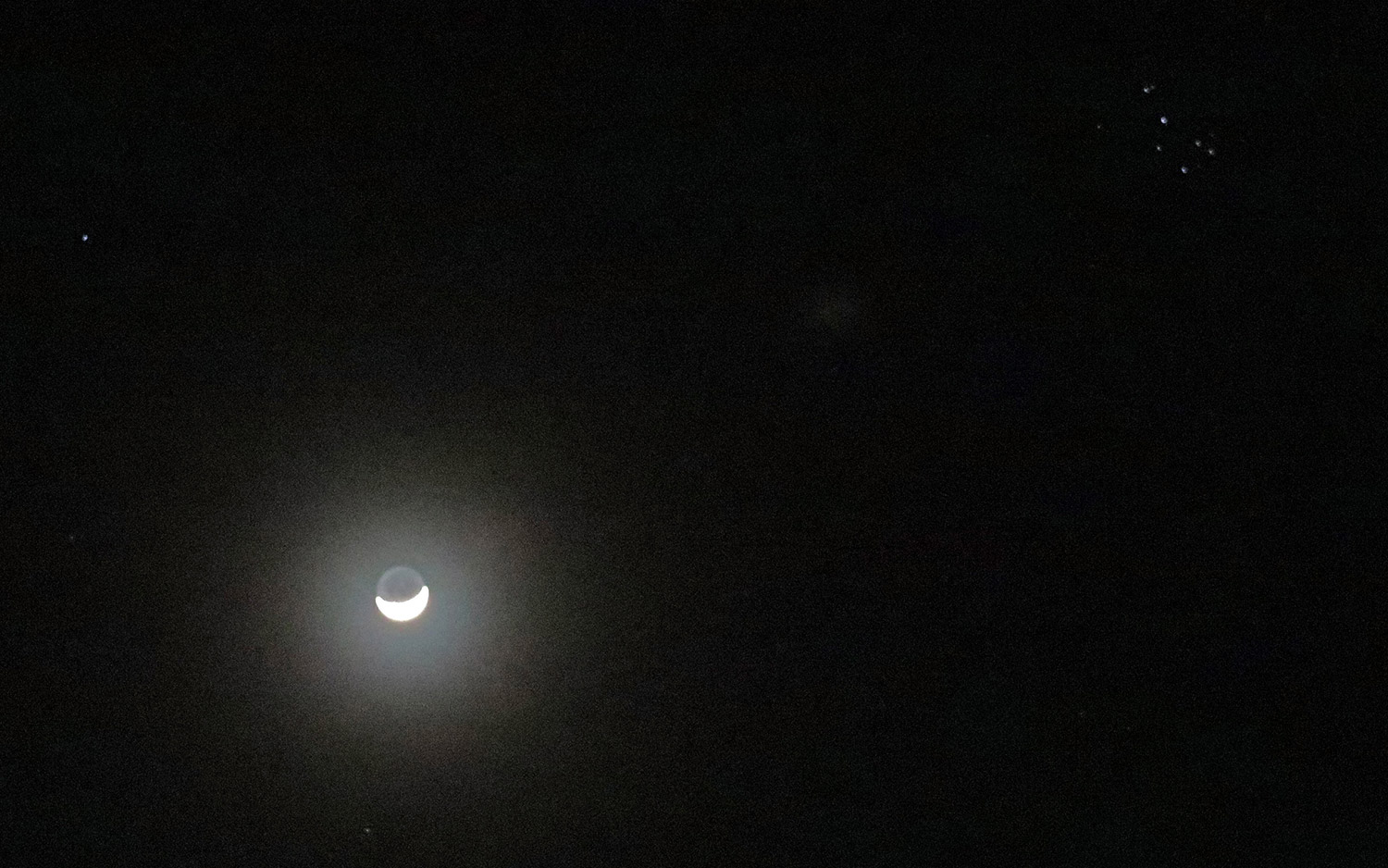
A star cluster known as the Pleiades shines near the waxing crescent moon in this photo taken by Rogus on March 21. "The Pleiades, also known as Messier 45 (M45), are among those objects which are known since the earliest times," Rogus said. "At least six member stars are visible to the naked eye — a test of vision in days long ago!"
Get the Space.com Newsletter
Breaking space news, the latest updates on rocket launches, skywatching events and more!
Mars and Saturn Grow Closer
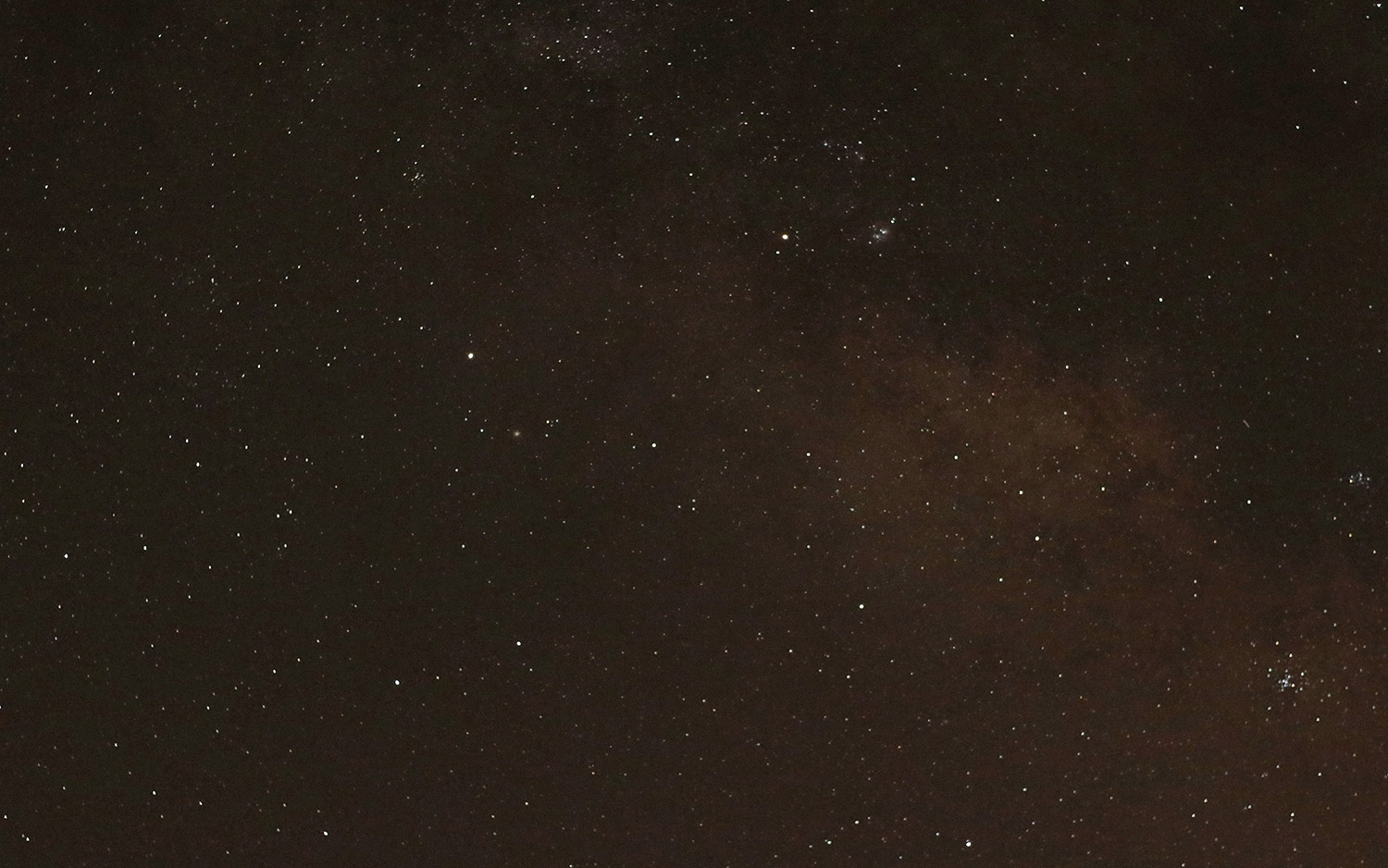
"On this March 22, 2018 morning we see the planets Mars and Saturn drawing closer to each other in the predawn sky, now only about 5 degrees apart they will draw closer yet by the end of the month," Rogus told Space.com.
The Moon Occults Aldebaran
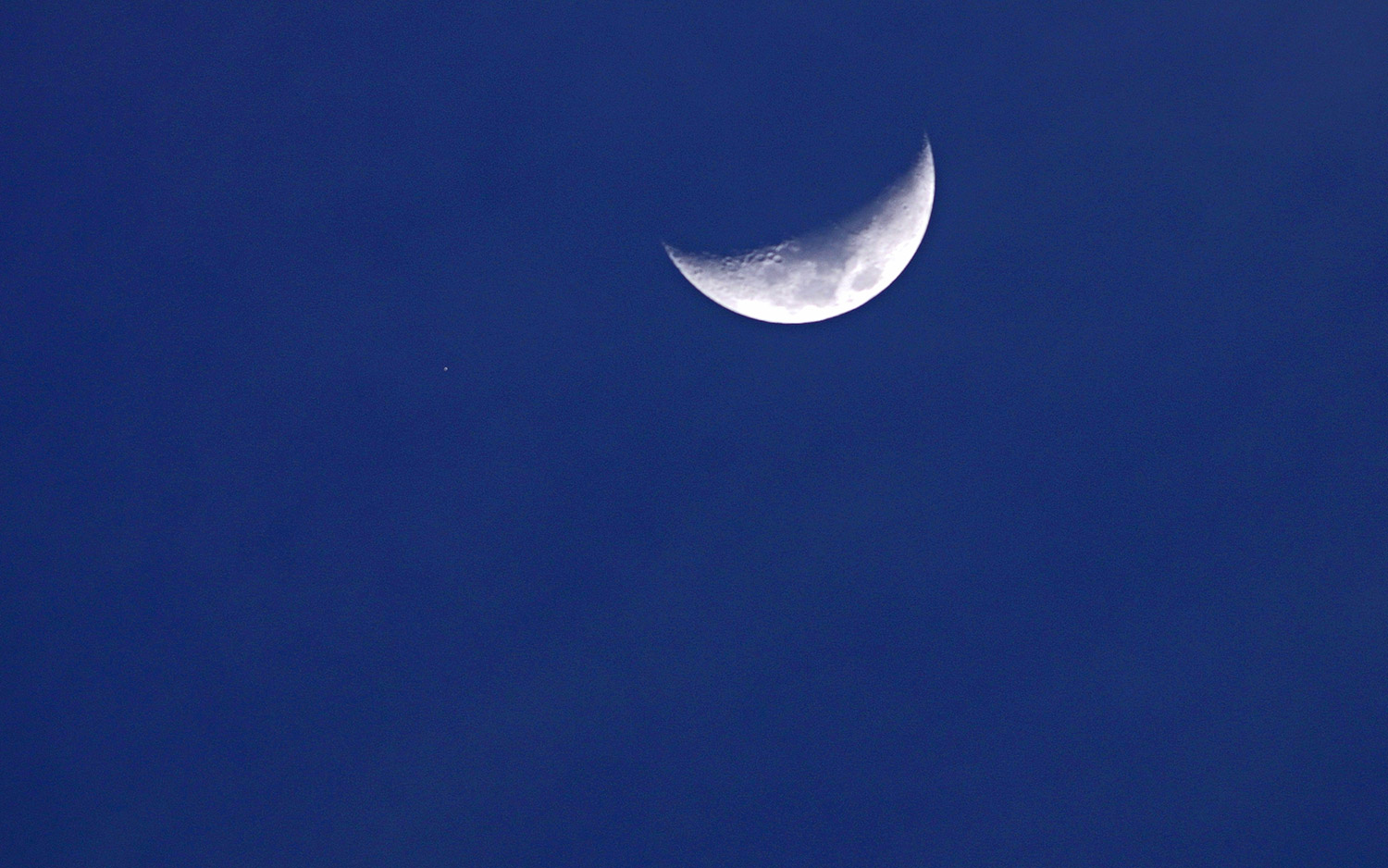
On March 22, the moon occulted, or passed in front of the bright star Aldebaran. The occultation was not visible from Florida — only a small part of the northeastern U.S. and parts of northern Europe were well-positioned to see it. But that didn't stop Victor Rogus from photographing the moon and the star from Arcadia, Florida that night! [Watch the Moon Play 'Peekaboo' with Bright Star Aldebaran]
A Parting View of Mercury
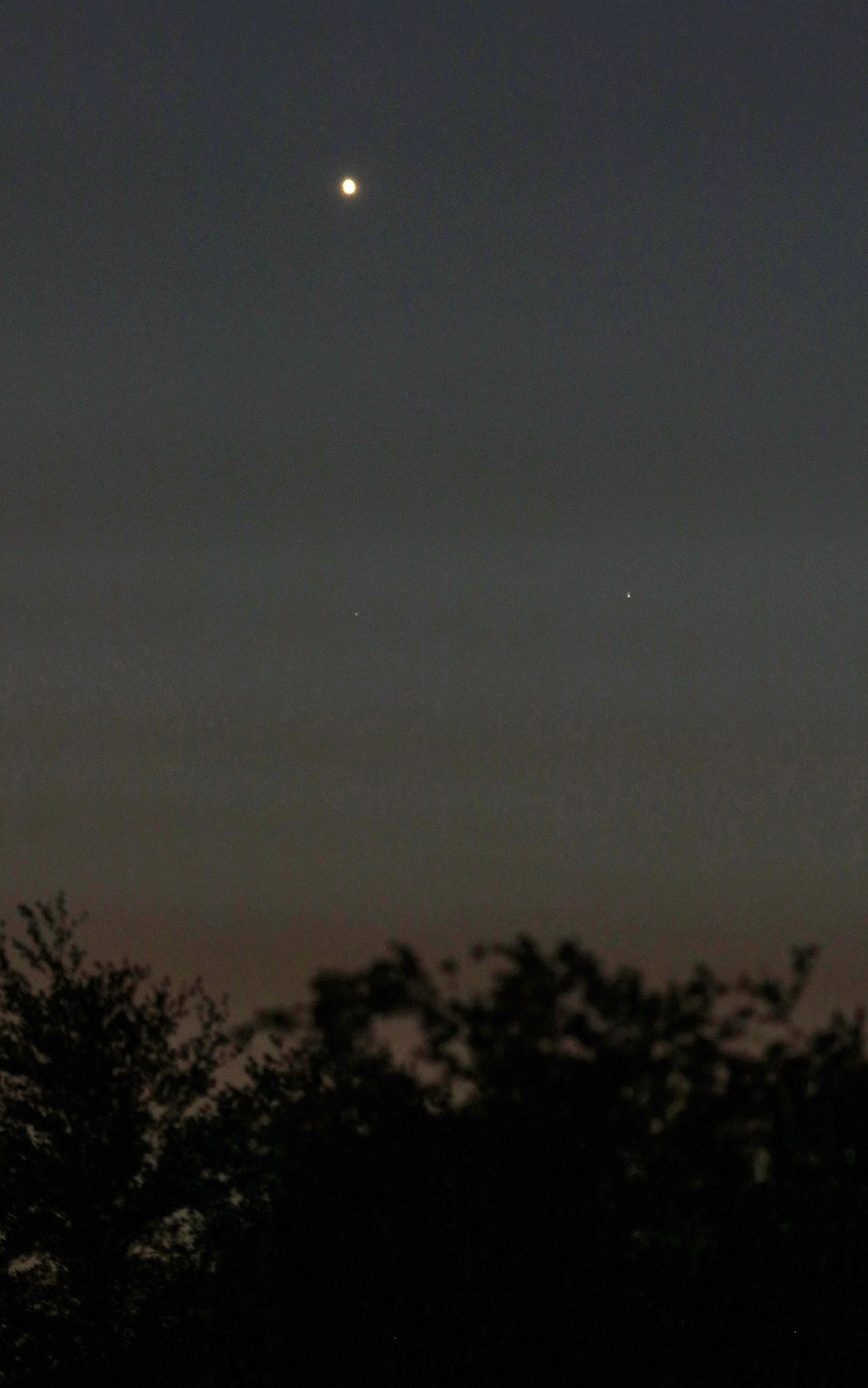
The dim planet Mercury briefly made an appearance during the first few weeks of March, but it faded out of view by the end of the month as it appeared closer to the horizon near the setting sun. Rogus captured this view of Mercury to the lower right of the much brighter planet Venus on March 23.
'The Beehive' and the Moon

The "Beehive" star cluster, also known as M44, faintly glistens to the left of the waxing gibbous moon in this photo taken by Rogus on March 26. "The conjunction was placed well overhead nearly at the zenith," Rogus said.
Join our Space Forums to keep talking space on the latest missions, night sky and more! And if you have a news tip, correction or comment, let us know at: community@space.com.

Hanneke Weitering is a multimedia journalist in the Pacific Northwest reporting on the future of aviation at FutureFlight.aero and Aviation International News and was previously the Editor for Spaceflight and Astronomy news here at Space.com. As an editor with over 10 years of experience in science journalism she has previously written for Scholastic Classroom Magazines, MedPage Today and The Joint Institute for Computational Sciences at Oak Ridge National Laboratory. After studying physics at the University of Tennessee in her hometown of Knoxville, she earned her graduate degree in Science, Health and Environmental Reporting (SHERP) from New York University. Hanneke joined the Space.com team in 2016 as a staff writer and producer, covering topics including spaceflight and astronomy. She currently lives in Seattle, home of the Space Needle, with her cat and two snakes. In her spare time, Hanneke enjoys exploring the Rocky Mountains, basking in nature and looking for dark skies to gaze at the cosmos.









